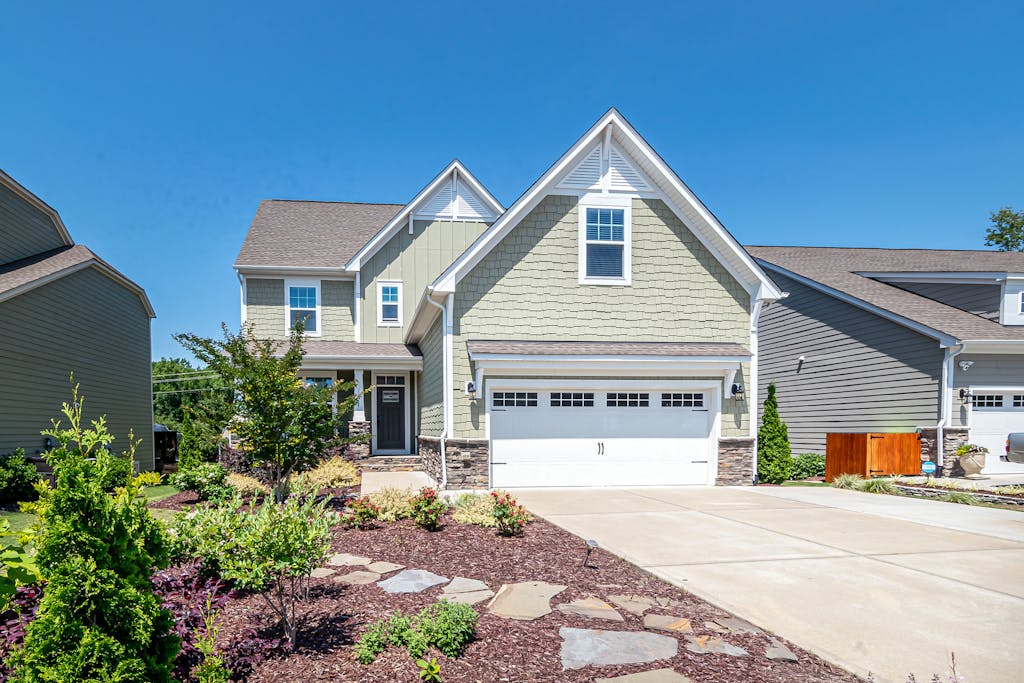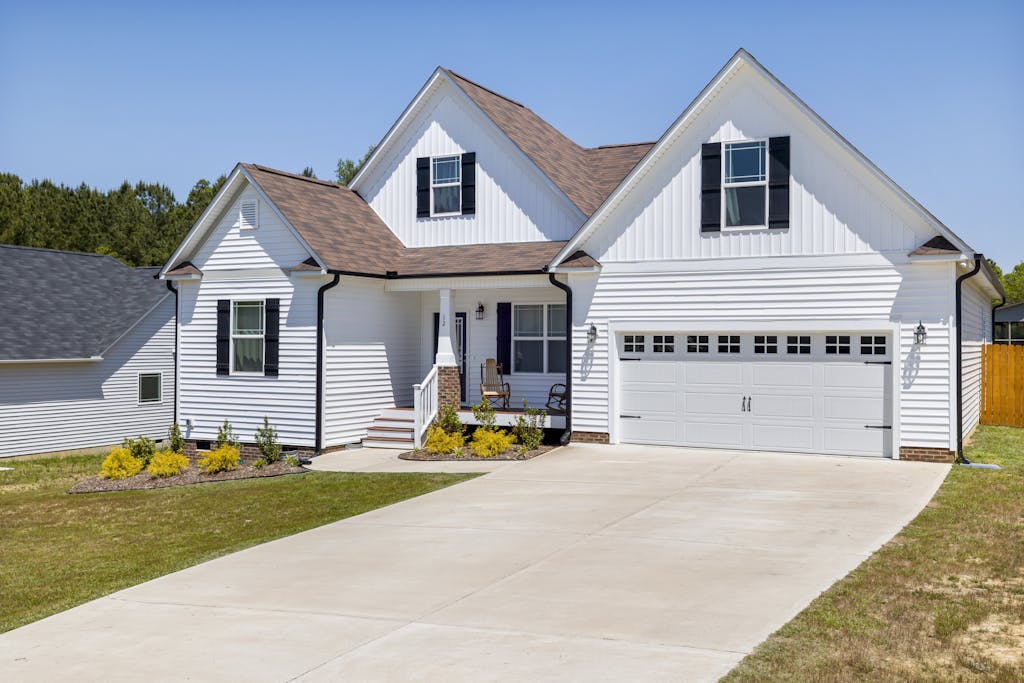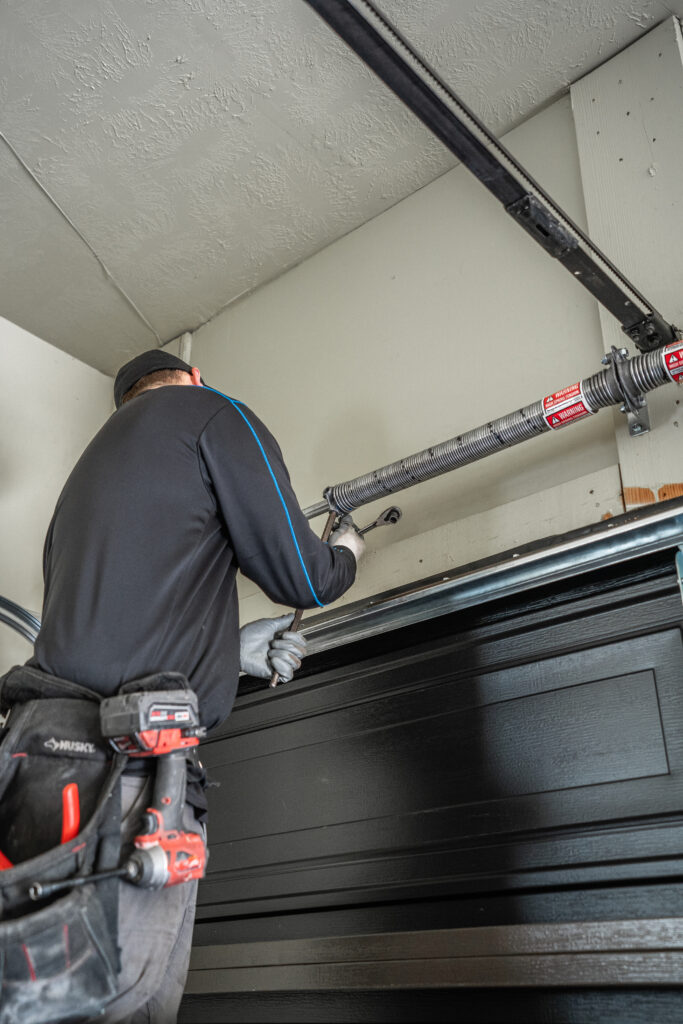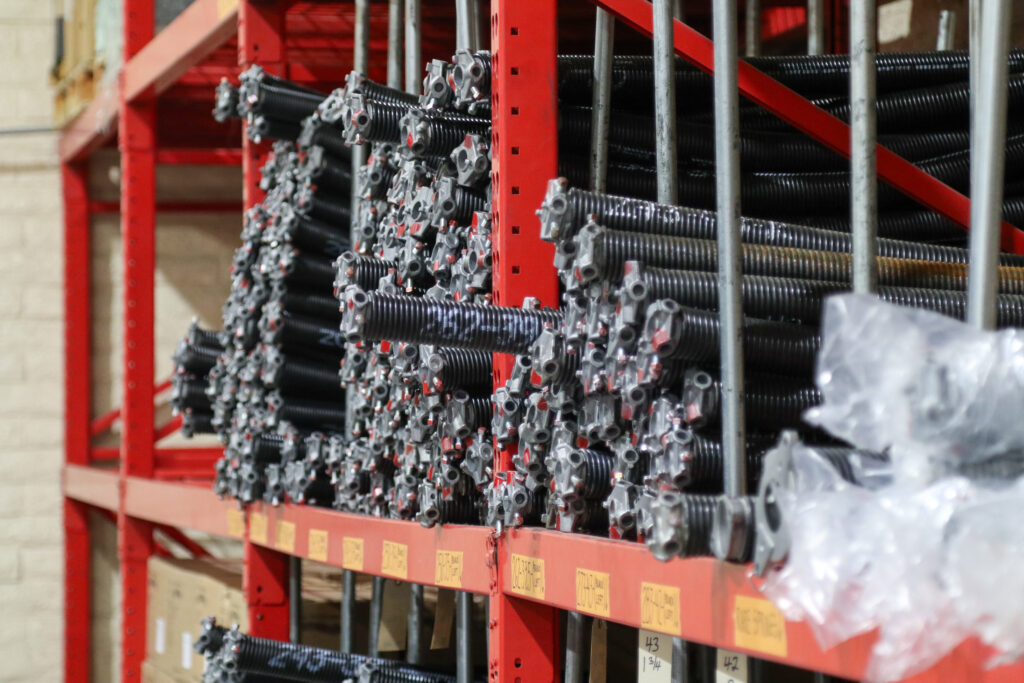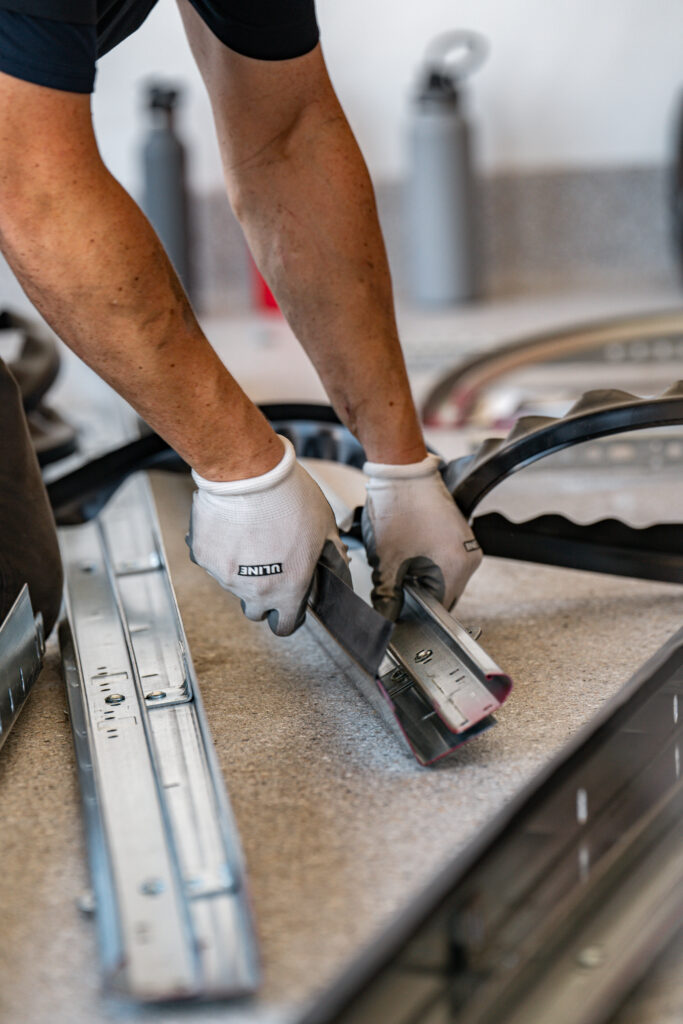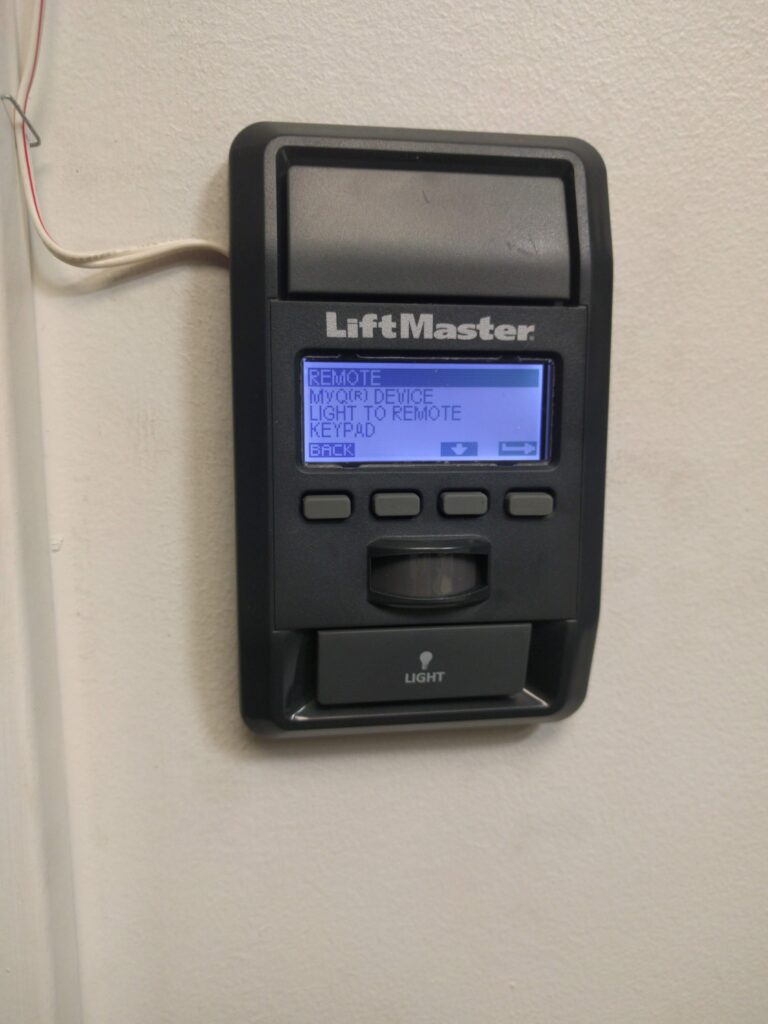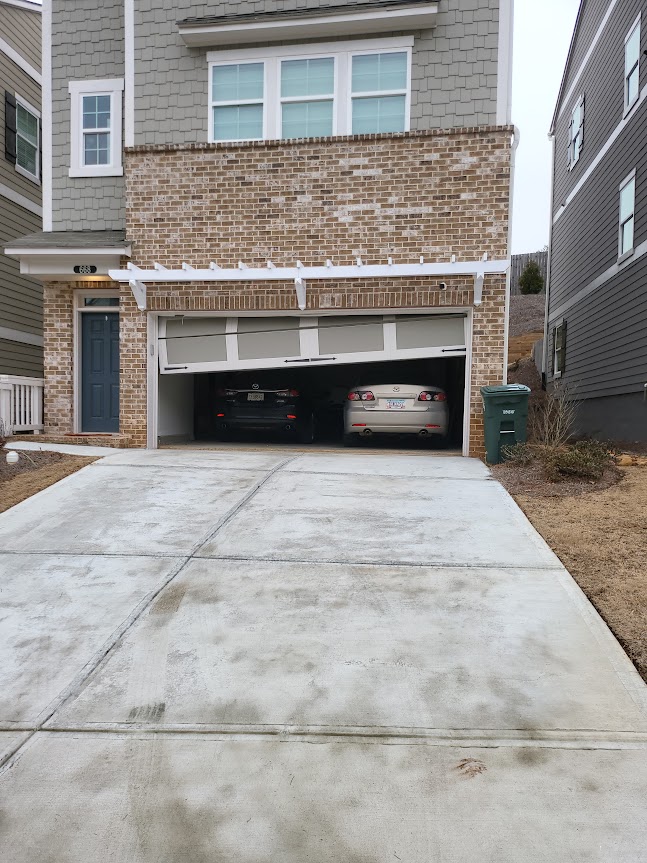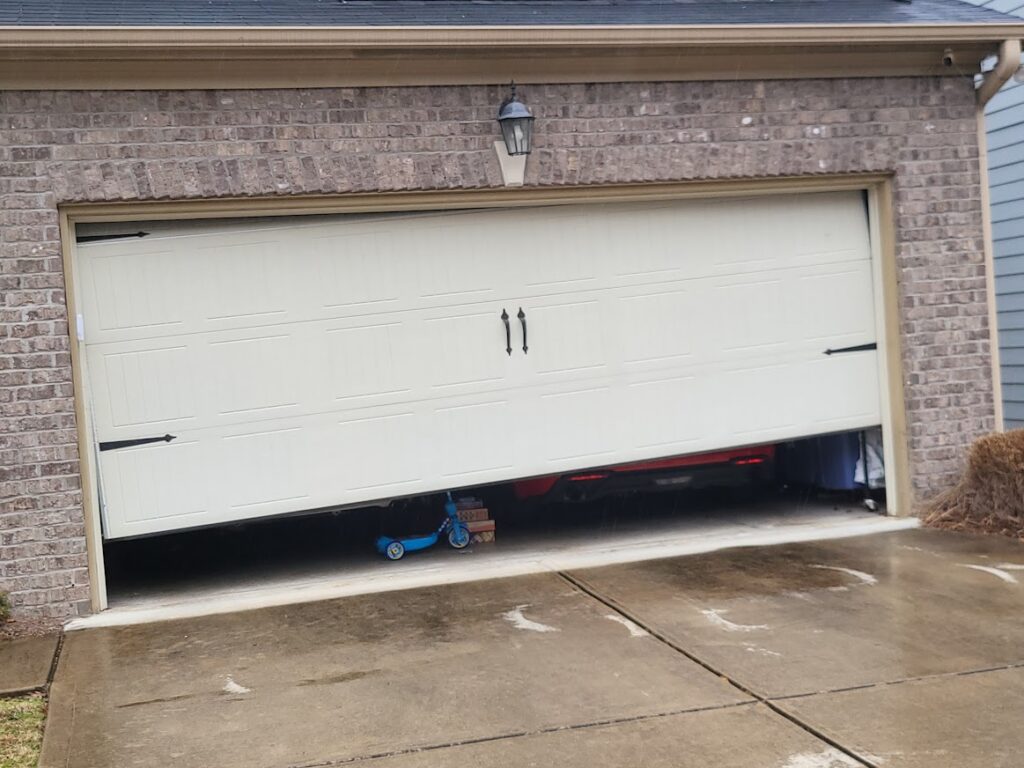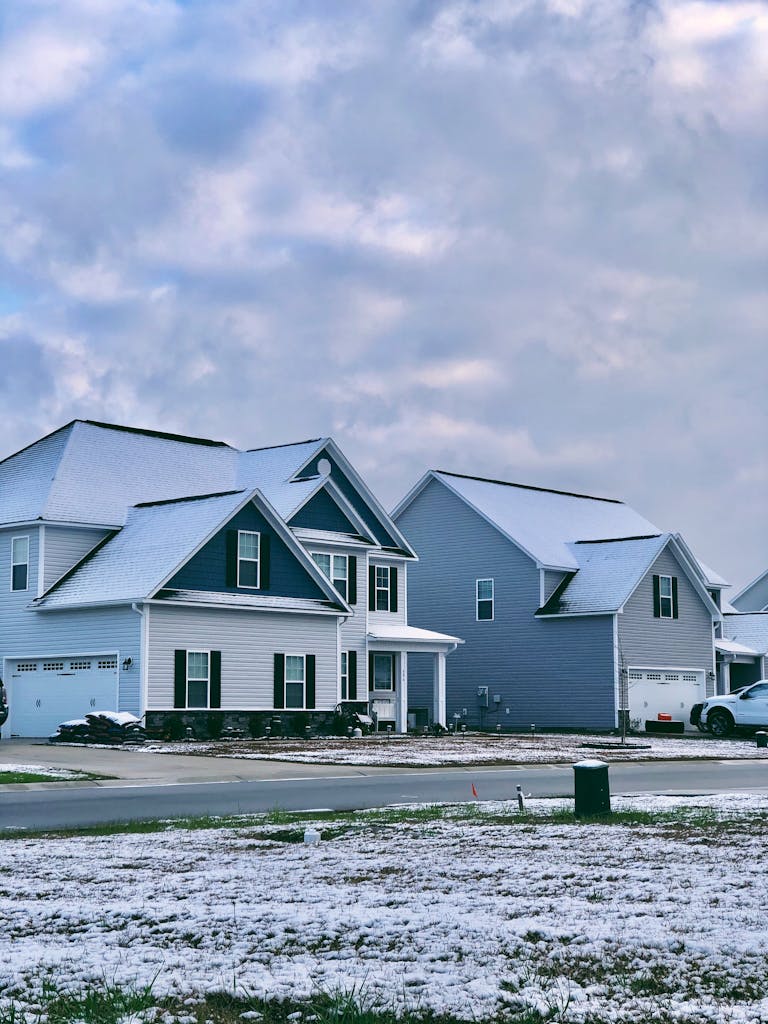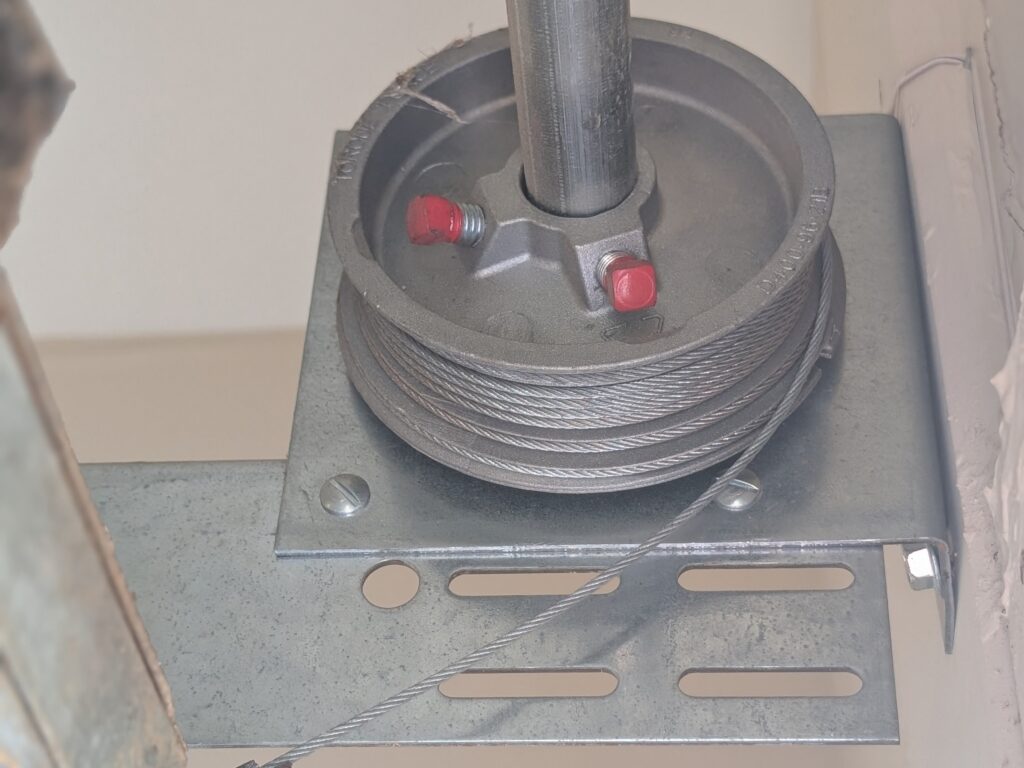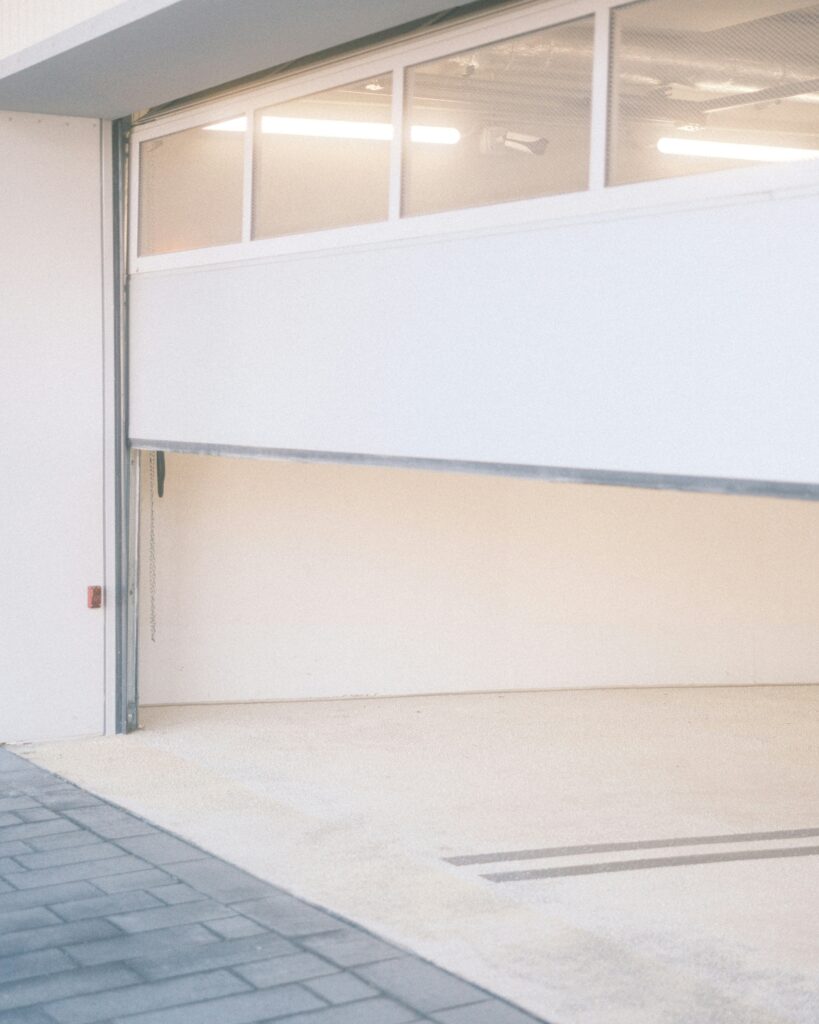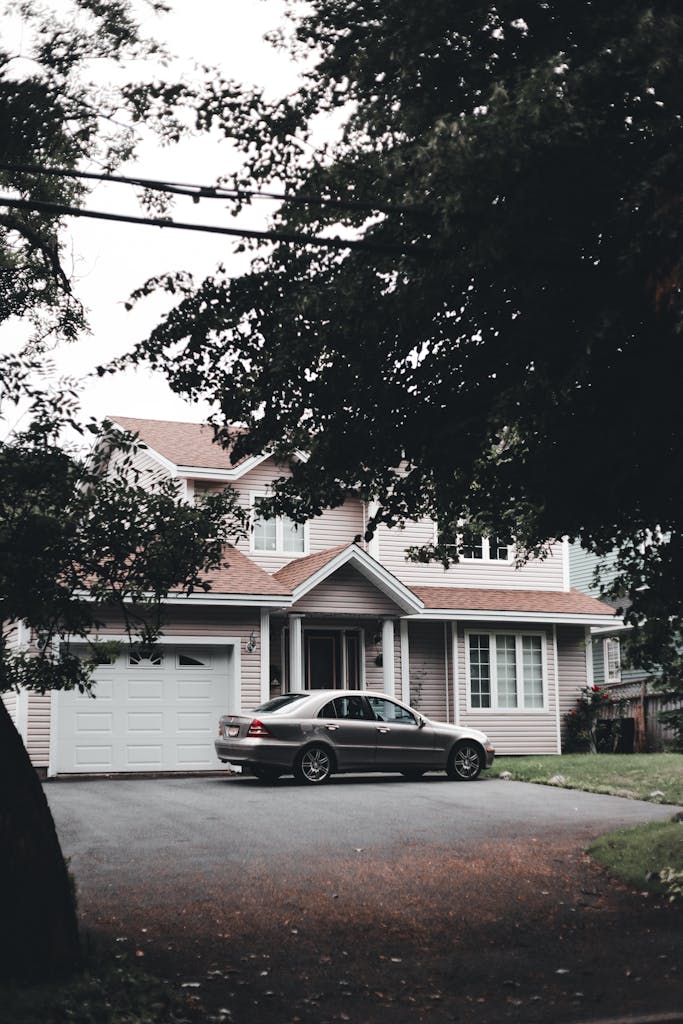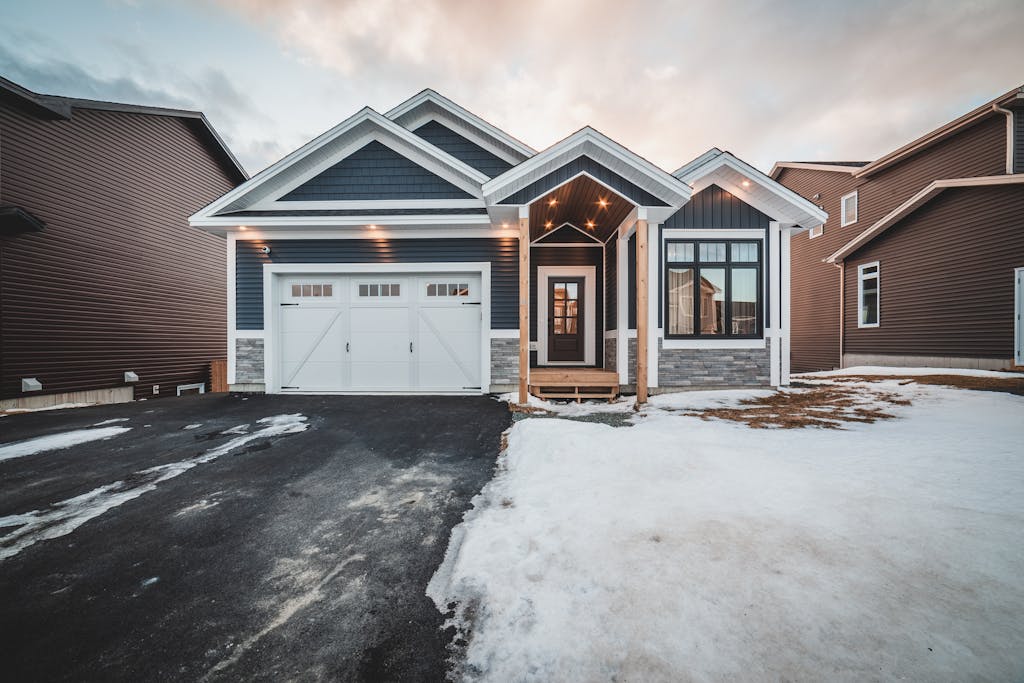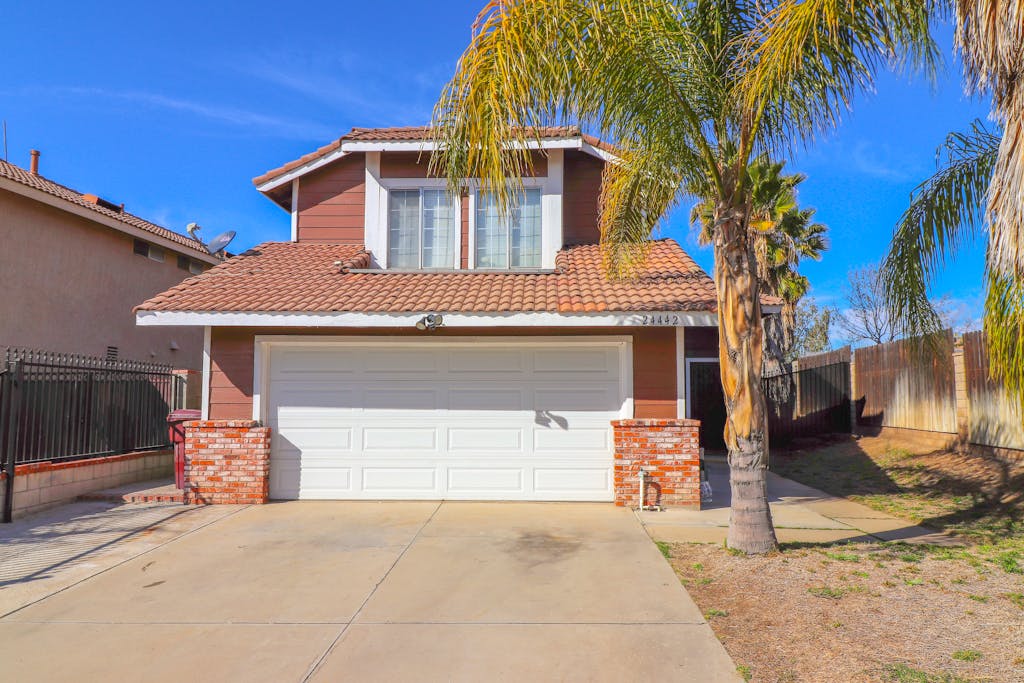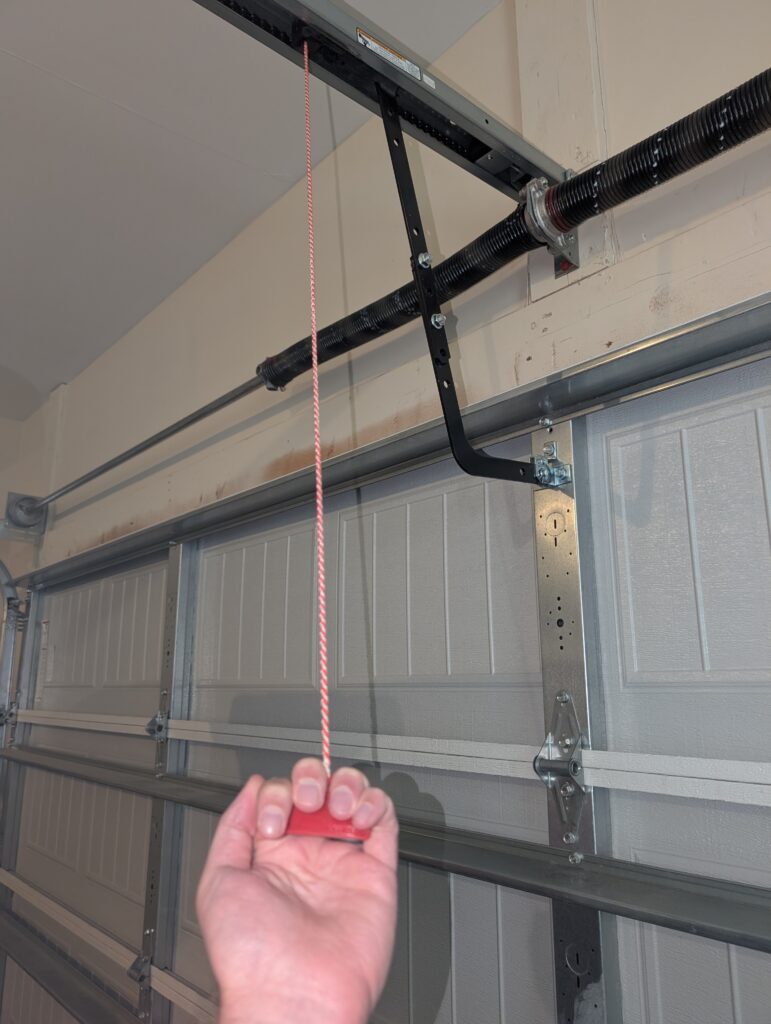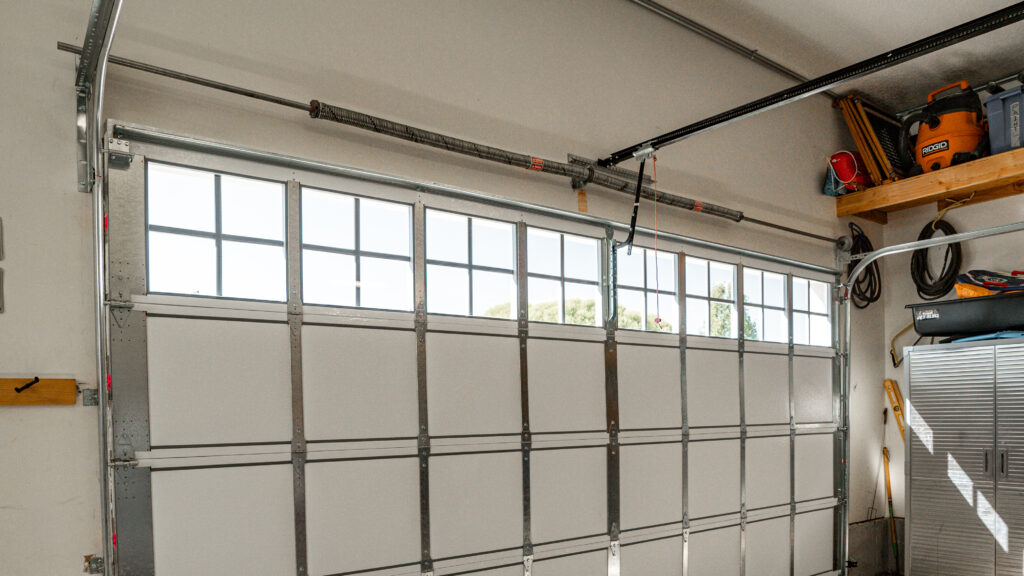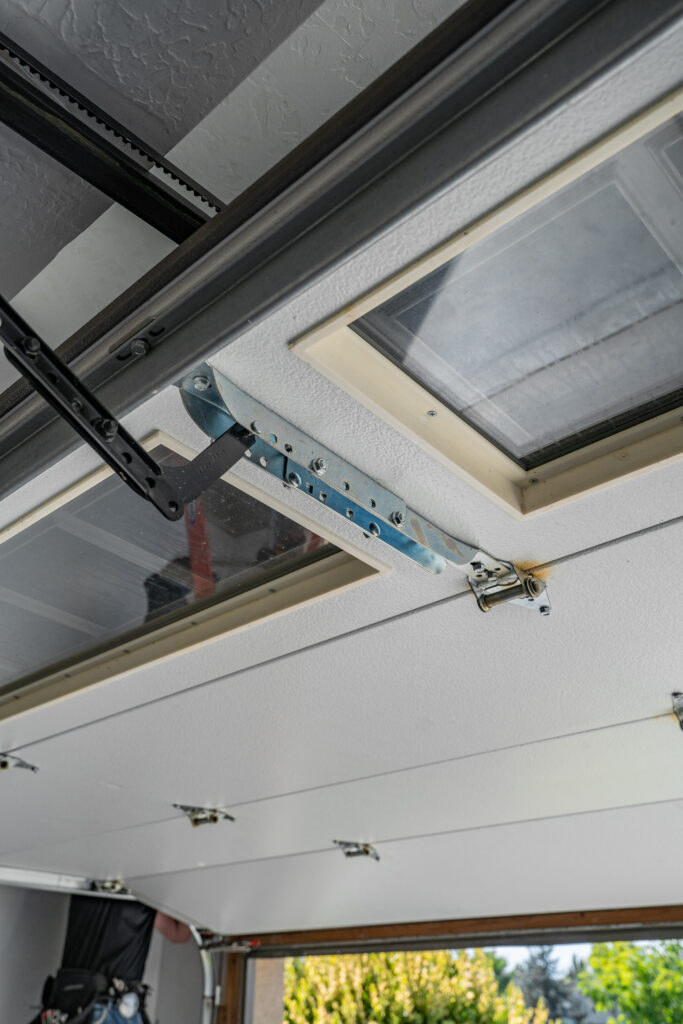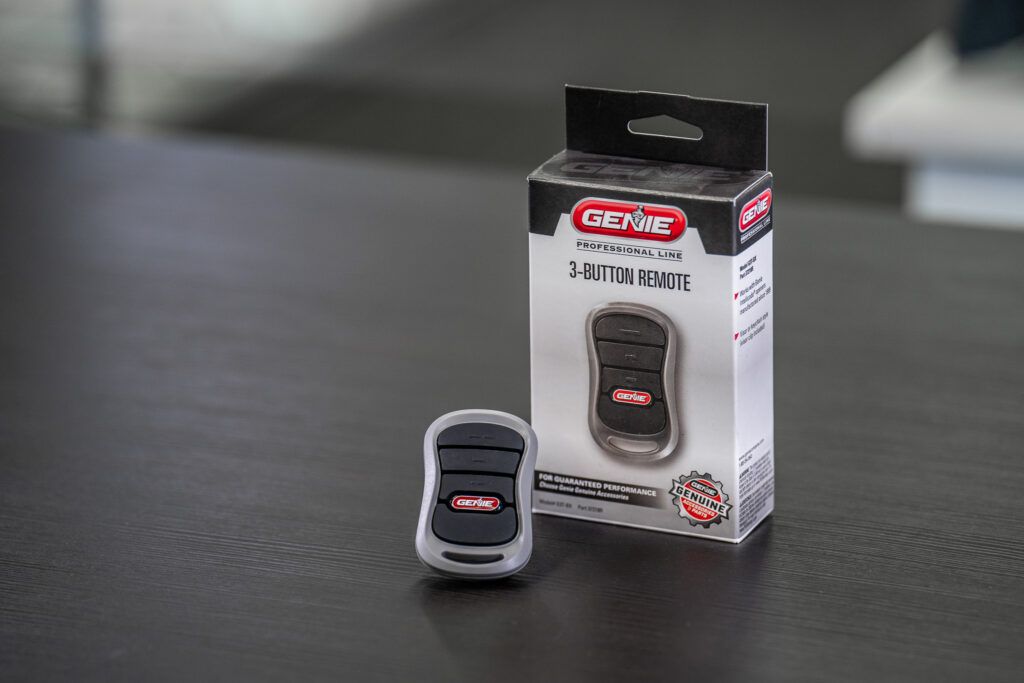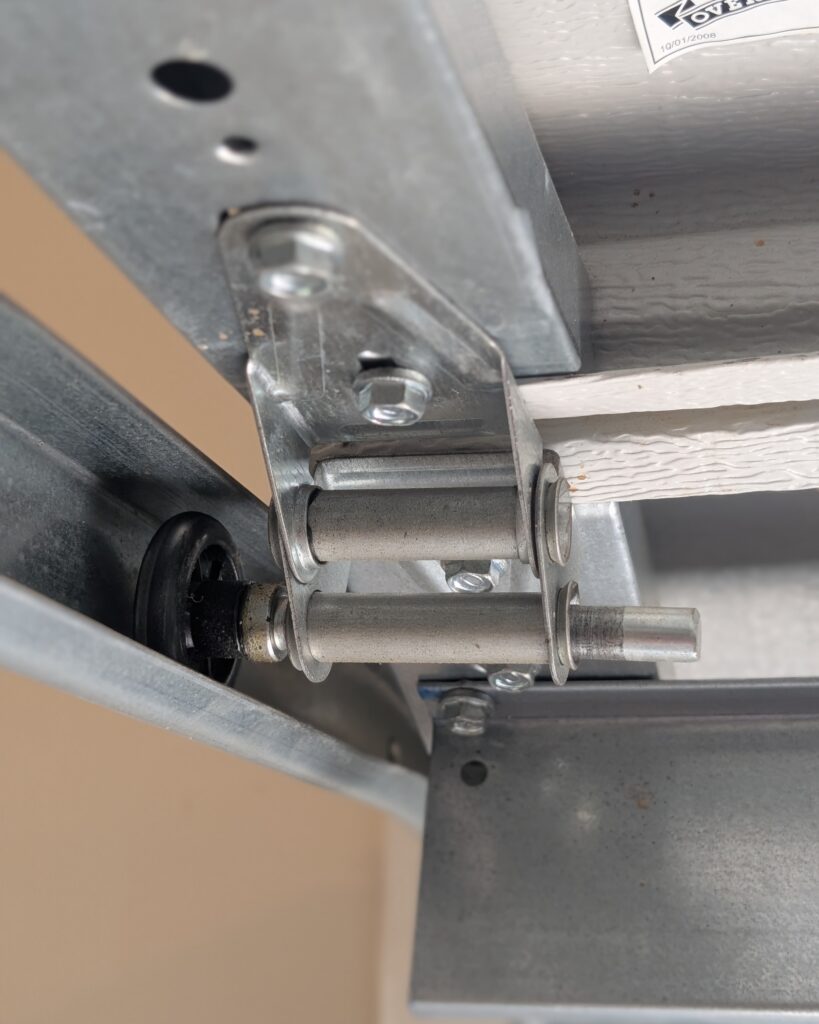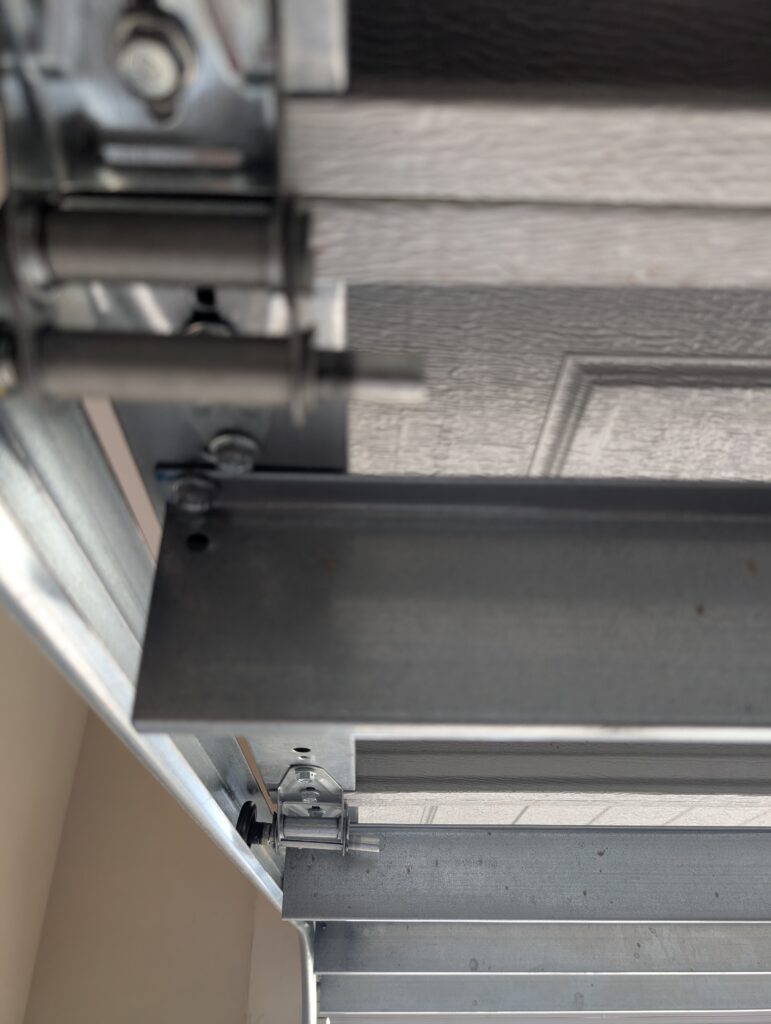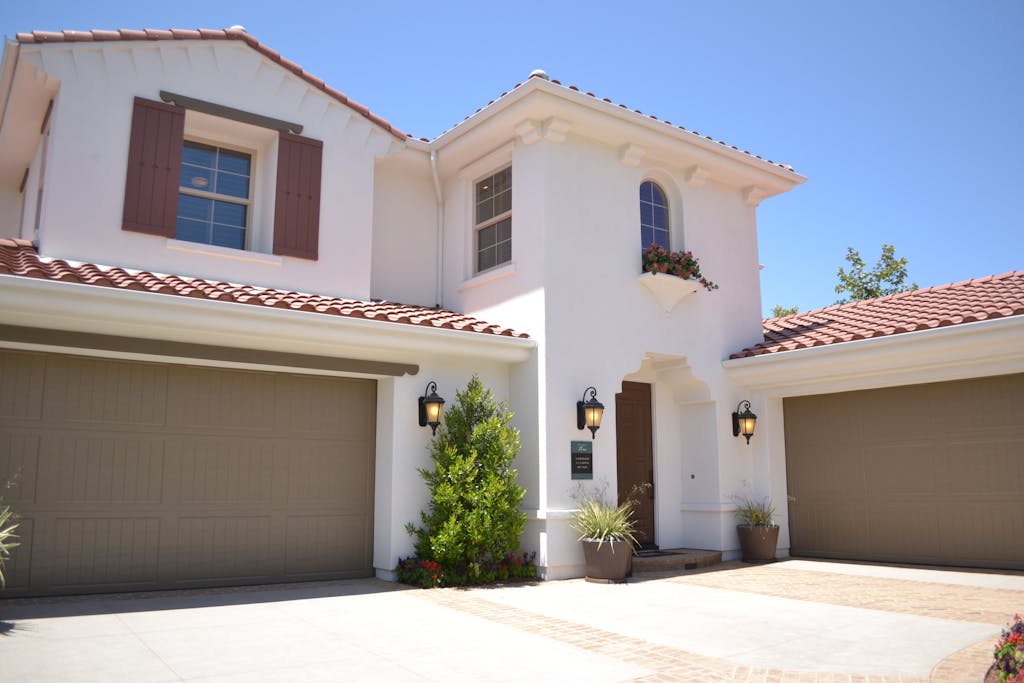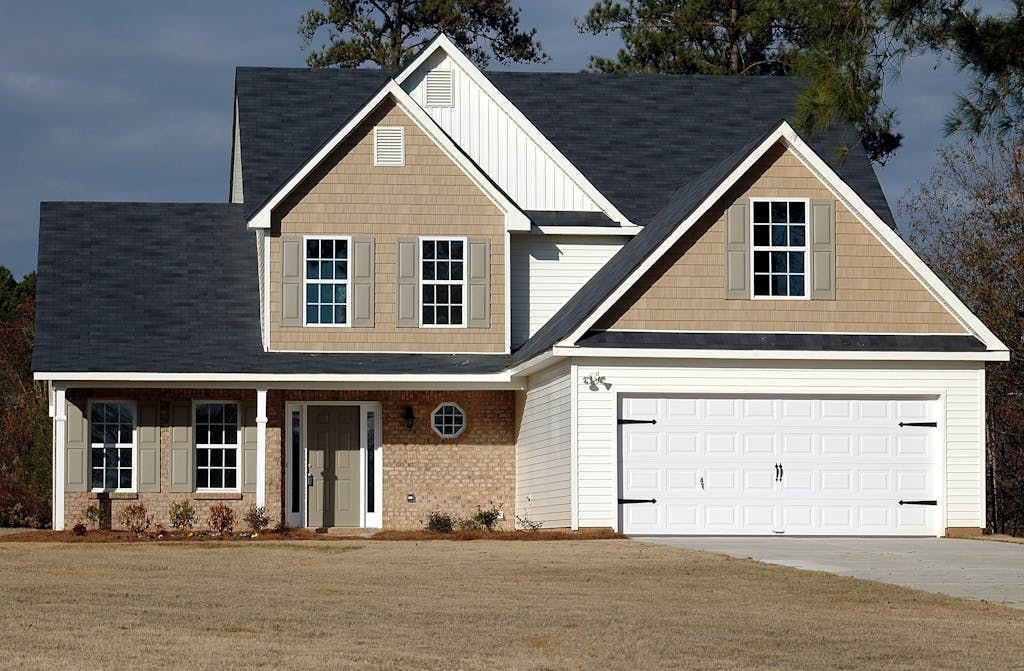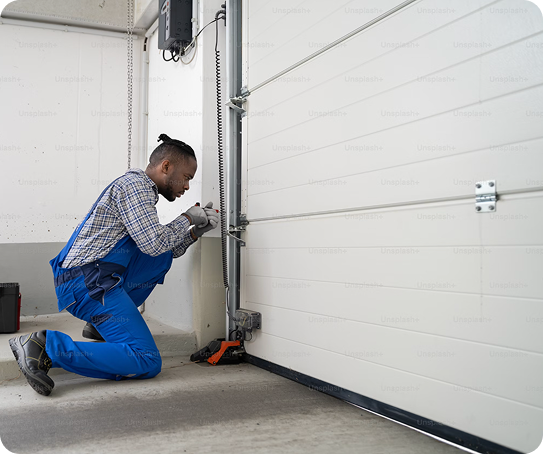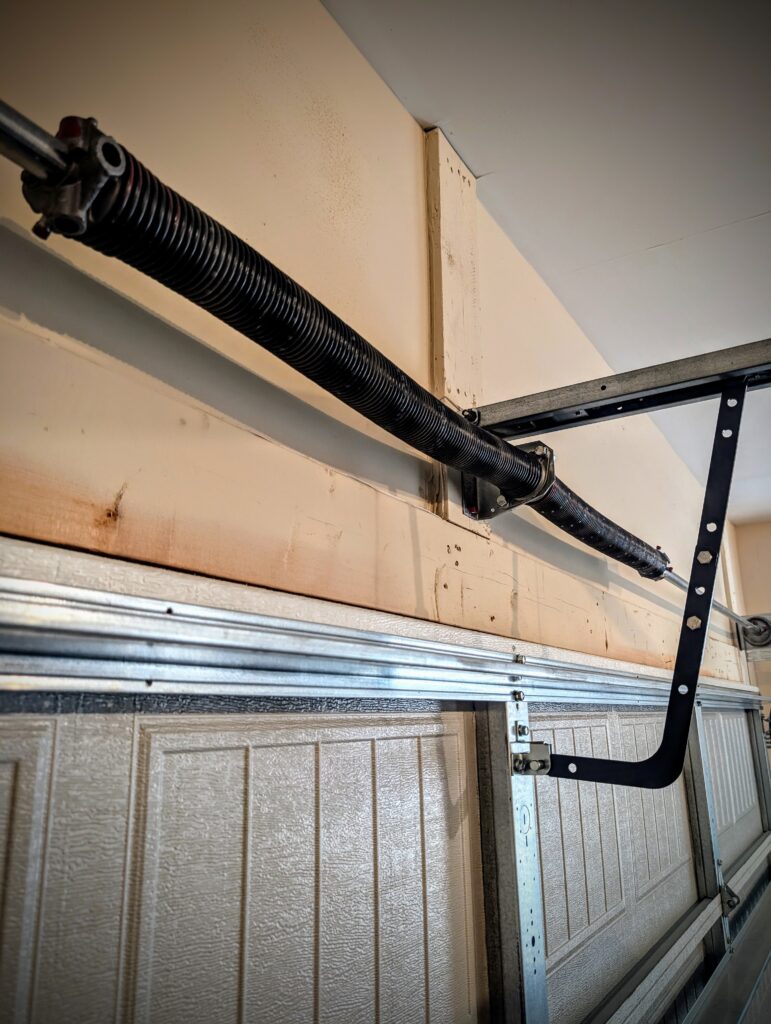7 Signs Your Garage Door Tracks Are Unbalanced & How to Fix Them
Is your garage door looking crooked? Hearing loud scraping or grinding noises? Or maybe it’s sticking or failing to close completely? These are telltale signs your garage door tracks are unbalanced and need attention. Don’t panic! Minor misalignments can often be fixed with simple tools like a level, rubber mallet, and some good ol’ tightening of hardware. However, for severe bends, detachments, or multiple rollers jumping off track, it’s time to call the pros. Remember, safety first! Before attempting any fixes, secure your garage door and always wear safety glasses. Regular inspections and maintenance can prevent these issues, keeping your garage door operating smoothly for years to come.
By: Sean Donnelly | Published: May 21, 2025
Find Garage Door Repair Services
Get a fast & free quote | Schedule your service today
Maintaining proper track alignment will keep your garage door balanced and operating smoothly. Broken cables or springs, worn down or damaged rollers or bent doors are some common causes of imbalanced garage doors. Whether you’re hiring one of Garage.com’s top recommended pros, or want to attempt a DIY repair, we’ve outlined all of the ins and outs of diagnosing and fixing your unbalanced garage door tracks.
Understanding Garage Door Track Systems
Garage door tracks hold your door in place and guide it during operation. The configuration of these tracks or rails will depend on your door and opener type. High lift garage doors have more vertical tracks, while conventional garage doors have nearly equal parts vertical and horizontal rails.
Most garage door manufacturers recommend a slight downward angle for horizontal tracks to aid in proper operation. Vertical tracks should fully align with your opening and be entirely vertical, with no angle. This will help to ensure a full weather resistant seal when your doors are closed.
7 Signs Your Garage Door Tracks Are Unbalanced
Routine visual inspections can help you to catch potential issues before they get more serious or lead to your doors fully coming off the tracks. You should conduct an inspection and lubricate your garage doors every four to six months to help prevent long-term issues.
Common Causes of Unbalanced Garage Door Tracks
Impact Damage and Accidents
A common cause of garage door issues is structural damage due to automobile impacts. Depending on the severity, this could cause multiple dented panels and bent tracks. You can use a mallet to hammer out small or medium-sized dents, but larger impacts can require panel replacement.
Loose Hardware and Mounting Brackets
Track brackets, hinges and rollers can all come loose over time. Most garage doors are rated for about 10,000 operation cycles. In that span, you can expect hardware to loosen. Tightening screws as needed during your regular inspections can prevent costly maintenance later. Parts to check include:
- Hinges
- Mounting brackets
- Rollers
- Opener chain
- Locking mechanisms
- Release cords
Foundation Settlement or Structural Movement
If you own a newer home or are the first owner, there is a slight possibility that your home could shift over your first decade of occupancy. Structure shifts can, in some severe cases, cause your frame and rafters to shift unevenly. This happens gradually over time, so it can be difficult to diagnose.
You might have to re-install your garage opener system and the door itself, which will require professional attention.
Improper Initial Installation
Improper DIY or professional installation can include a few of the following common issues that lead to misaligned tracks:
- Unevenly-spaced brackets
- Poorly-hung brackets
- Loose hardware
- Slanted or badly-angled tracks
- Mismatched opener and door
- Gaps in tracks
Industry standards typically require that garage door tracks have between 12 and 16 inches of headroom above the horizontal tracks. Checking this is an easy place to start if you think your doors weren’t installed correctly.
Wear and Tear Over Time
Hardware and moving parts will degrade over time. As stated, most garage doors are rated for 10,000 cycles. Proper maintenance can allow for greatly prolonged use, but you should always include hardware checks in your bi- or tri-annual inspections.
Tracks themselves can rust or bend with prolonged use, so routine cleaning is an easy way to extend their lifespan.
Spring System Problems Affecting Tracks
More efficient springs can reduce the strain on all other garage door components. They take the majority of the door’s weight and help the opener to operate with minimal strain. Broken, damaged or old springs can cause the opening mechanism to work harder and pull against the tracks.
This impact per operation cycle is minimal, but can degrade your tracks slightly more over years of use. If you hear a loud bang during operation, or continual popping sounds as the door is being raised or lowered, you should consider replacing your springs.
Roller Wear and Damage
If you’ve noticed that your door just isn’t operating as smoothly as it once did, you may need to take a look at your rollers. Over many cycles, these can wear unevenly, leading to flat spots on each wheel. That or rust buildup can cause these parts to drag in your tracks.
Tools and Materials Needed for Track Adjustment
If you’re only re-aligning your tracks and aren’t tackling any spring or garage door opener maintenance, you should be able to handle the task yourself. You’ll need the following tools:
- Step ladder: Working at eye level is always safer and more efficient than reaching far above your head to tackle possibly complex tasks.
- Tape measure: You’ll need this to measure the distance between mounting hardware and your tracks to ensure a consistent or uniform slope.
- Long level: Use this to determine how straight your tracks are.
- Rubber mallet: This can help to hammer out any minor dents or bends in your tracks.
- Vice grips or clamps: Use these to keep your door in place when removing other sections of track.
- Safety glasses
- Cleaning cloth
In some cases, compressed air can help to clean light debris in your tracks. This can be more efficient than using a cleaning cloth.
DIY Guide: How to Fix Unbalanced Garage Door Tracks
Safety Precautions Before Beginning
First and foremost, you should always ensure that your work area is clear of larger debris before attempting any repairs. The areas under where your door closes and under where you’ll be working should be entirely free of any obstructions.
Next, you’ll have to secure your garage door in either the raised or lowered position, depending on which track sections require maintenance, this will mean securing vice grips or clamps above or below your door.
Step 1: Visual Inspection and Damage Assessment
Using a stepladder, closely inspect all sections of your garage door tracks. Note if any brackets or track sections are damaged. Take pictures of undamaged sections and brackets for reference before making any adjustments.
Note that minor dents that don’t fundamentally alter the track’s structure can typically be repaired. Full track bends often require replacement.
Step 2: Checking and Tightening Hardware
This can be done in conjunction with your visual inspection. Most garage track bolts have a maximum torque load of six foot-pounds. Check your rollers, hinges and mounting brackets and ensure that none of the bolts are visibly loose, and that all hardware is fully secured to the door, rafters and front wall.
3: Measuring and Adjusting Track Alignment
Your first step should be to check your vertical track alignment. Use your long level to ensure that your vertical tracks are entirely straight with no angle.
Horizontal tracks are either level or pitched downward at ¼ inch per 10 feet. Most will have a slight pitch. Measure the distance from the end of your curved track to the end of the horizontal track. Note the distance from the bracket mounting point to the rail at each juncture to determine whether your door is pitched properly.
Step 4: Minor Track Straightening Techniques
Small dents and poor angling are easy DIY fixes. Using a rubber mallet, you can hammer out many smaller imperfections that cause your track or rollers to deviate a half inch or less. Similarly, using pliers or vice grips to bend brackets back into their proper positions can sometimes be a viable course of action
You can attempt to fix large dents or bracket imperfections, but should note that these may necessitate a total replacement rather than a repair. We recommend contacting one of our top pros for a free quote if you have any doubts.
Step 5: Roller Inspection and Replacement
Checking your rollers is a vital part of any garage door inspection. As mentioned, if you hear grinding, you’ll have to conduct a few test operations to determine the exact source of the noise and ensure that every roller is working properly.
Once you’ve determined the source of the noise, repairing or replacing your roller is the next step. If the wheel of your roller is fully intact, you can try cleaning and lubricating the stem to improve its mobility. Be sure to avoid lubricating your tracks, as this can attract dirt over time.
Step 6: Testing Door Operation After Adjustments
Once you’ve made the necessary tweaks to your track system, you can conduct a few test cycles with your garage door opener. To accurately pinpoint any continuing sources of noise, you can attempt a few manual openings and closures of your doors. This will eliminate any background noise from your electrical opener unit.
Note the following when running test cycles:
- Roller noise
- Bracket angle
- Scraping inside your tracks
- Rattling or buckling from your mounting brackets
When Track Replacement Is Necessary
Structural damage including severe bends or dents and excessive rust buildup are usually signs that a replacement is needed. Similarly, if you notice that hardware like mounting brackets are bent or broken, you should replace your tracks.
According to Precision Garage Door, labor costs between $75 and $100 per hour when you book a garage door technician. Replacement or repair for garage door tracks should take between two to four hours per track in many cases. Aside from labor, you’ll also be billed for replacement parts.
Finally, many garage door pros will offer labor warranties which can further protect you if you pay a higher upfront cost. Regardless of your choice, your tracks can last between 10 and 15 years with regular maintenance and cleaning.
Professional Track Repair
Generally, you should call a licensed pro if you notice the following:
- Tracks are fully detached from their brackets
- Garage door is sagging or multiple rollers are off-track
- Sagging is causing strain on the door springs
- Garage door is catching during operation
Track repairs will include a full inspection of your system to ensure that the tracks are the only pressing issue. A licensed technician will check all hardware, springs and opener components before giving you an overall cost estimate.
Preventing Future Track Problems
We recommend regular inspections and cleanings two or three times per year to prevent track issues. If you live in an area with more extreme weather patterns, or by a shoreline with high salinity in the air, cleaning your tracks every four months will go a long way towards preventing rust buildup.
Similarly, we recommend that you check all bolts and hardware to ensure they are tightened. Such parts can loosen gradually over time and lead to track deviations that can be hard to detect without dedicated attention.
FAQs About Garage Door Track Problems
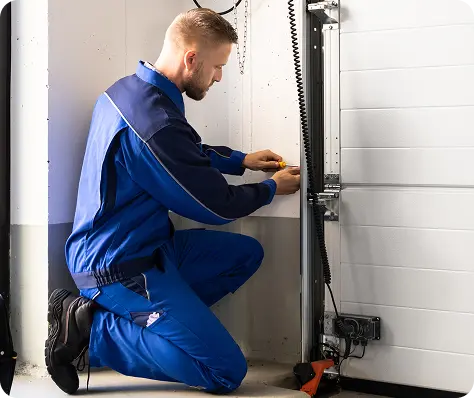
Get Your Free Quote and Schedule Your Garage Repair Today
Find top-rated companies for fast garage repairs and service to make sure your garage door system lasts. Get free quotes from garage door companies in your area.
Tips and Expert Advice for Your Garage
Stay informed with expert advice on garage door maintenance, garage door service, garage door replacement, and upgrades. Explore our blog for guides, troubleshooting tips, and more.

